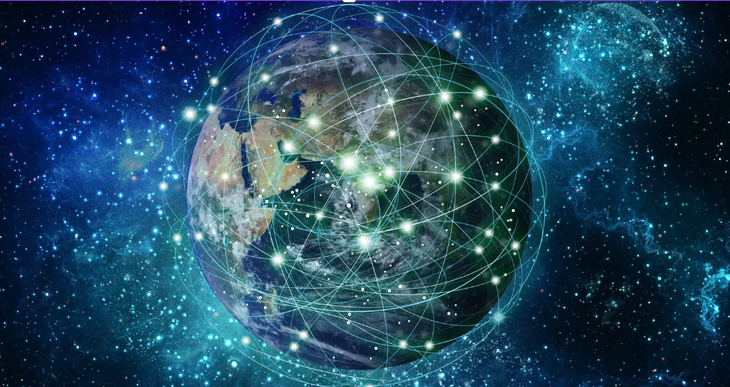
As humanity increasingly relies on satellites for the Internet, navigation, and even defense, a new concern is emerging: global warming emissions could make these satellites more vulnerable to solar storms - Photo: AI
Scientists have found that increasing CO₂ in the upper atmosphere is making the air thinner. Meanwhile, solar storms, where charged particles from the Sun collide with the atmosphere, are making the air denser. This rapid and drastic change in density could cause serious problems for satellites.
Geomagnetic storms are disturbances in the Earth’s magnetic field caused by solar activity. Strong storms can increase the density of the upper atmosphere, making it difficult for satellites to maintain their orbit and speed. If they become unbalanced, they can gradually lose altitude, shortening their operational lifespan.
Simulations on the supercomputer of the US National Center for Atmospheric Research (NCAR) show that: By the end of the 21st century, the density of the upper atmosphere could decrease by 20-50%. When a strong magnetic storm occurs, the increase in density will be much larger than today, from a doubling that can turn into a tripling.
"For the satellite industry, this is a particularly important issue. Satellite designs need to take into account future atmospheric conditions, rather than just relying on historical data," researcher Nicholas Pedatella shared.
A thinner atmosphere means satellites face less drag, have more stable orbits, and can have longer lifespans.
However, a paradox arises: it is this "life extension" that causes space junk, including decommissioned satellites and small fragments, to persist longer in low orbit around Earth.
During a magnetic storm, a brief spike in atmospheric density can cause satellites and debris to plummet faster, increasing the risk of a chain reaction collision.
A small piece of debris hitting an active satellite can create thousands of new pieces, causing a "domino effect" across an entire orbital region.
The study took the storm from May 2024 as a typical example. At that time, many consecutive coronal mass ejections (CMEs) from the Sun created an unusual aurora display in many low-latitude areas, which are rarely seen.
Despite the spectacular beauty, some satellites have been disrupted or even at risk of failure. When simulating the same scenario in 2040, 2061 and 2084, the team found that climate change would amplify the impact of magnetic storms on the atmosphere, causing sudden density changes much stronger than today.
“In 30 years, a storm of the same magnitude as today could produce a completely different atmospheric response,” Pedatella stressed. This means the satellite industry cannot rely on historical data to design, but is forced to recalculate and adapt to a changing Earth under the dual impact of climate and space.
Source: https://tuoitre.vn/o-nhiem-khong-khi-lam-gps-vien-thong-de-te-liet-trong-bao-mat-troi-20250816084257144.htm










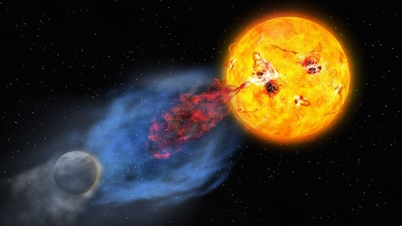


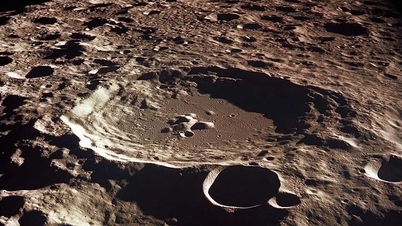









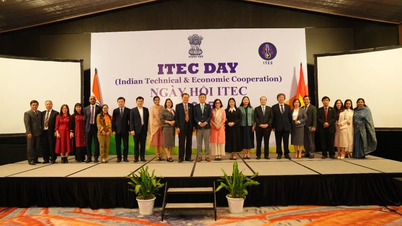
















































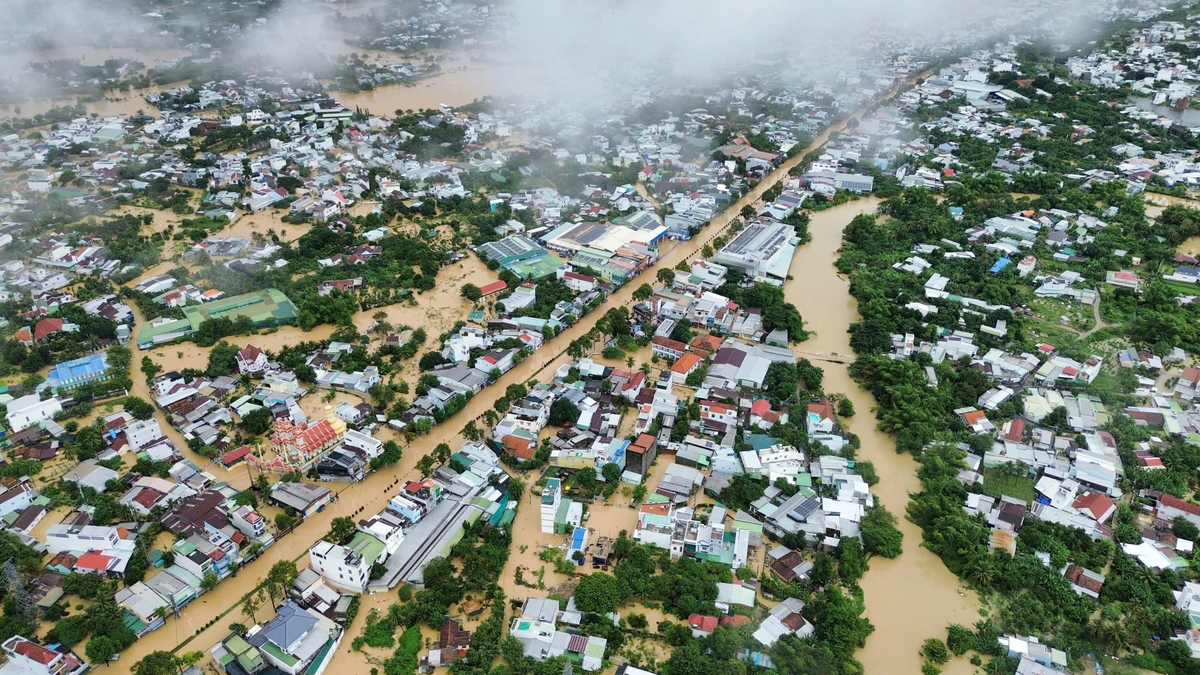


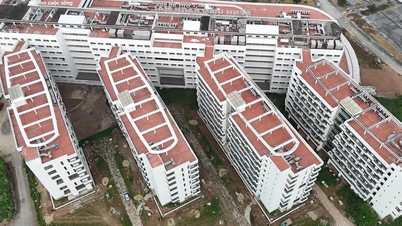
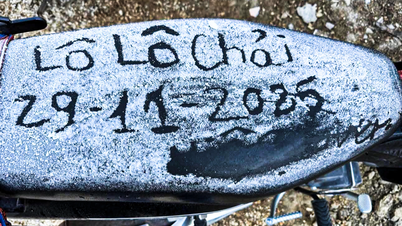





















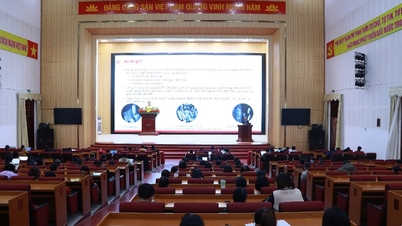












Comment (0)